Connecticut abortion providers adapt to a post-Roe reality

Sam Attaguile had an abortion in her first year of graduate school in Chicago in 2013, after getting pregnant right before starting her prescribed birth control.
“There wasn’t a question in my mind,” Attaguile said. “Immediately, I was like, ‘This is my choice. I am not ready. This is not wanted.’”
With support from her family and the resources at hand, Attaguile said she called Planned Parenthood to schedule her appointment and terminate the pregnancy.
“I felt an enormous sense of relief as soon as that was over,” Attaguile said about her anesthetized surgical abortion.
Now an abortion and reproductive care activist in New York, Attaguile fights for those who do not have the same access and privileges to receive safe abortion care. That fight has become more critical since the U.S. Supreme Court overturned the federal right to abortion in July 2022: roughly 13 states across the country have banned legalized procedures.
In this new legal landscape, reproductive health care has changed for millions across the country—including for abortion providers in Connecticut.
“Thirty-six million women and many more who can get pregnant are estimated to be impacted by the overturning,” said Sarah Gordon-Brilla, senior director of communications and brand experience at Planned Parenthood of Southern New England (PPSNE). “And we are starting to see that already.”
Abortion has been legal in the state for more than 30 years and procedures performed in Connecticut make up 1.4% of all abortions in the United States, according to a 2022 report from Guttmacher Institute.
Connecticut has only two abortion providers: PPSNE and the Hartford GYN Center.
As the largest and longest-running provider in the state, PPSNE has 14 health centers in Connecticut and one location in Rhode Island. The Hartford GYN Center, which is overseen by The Women’s Center, is the only independent, state-licensed family planning clinic in the state.
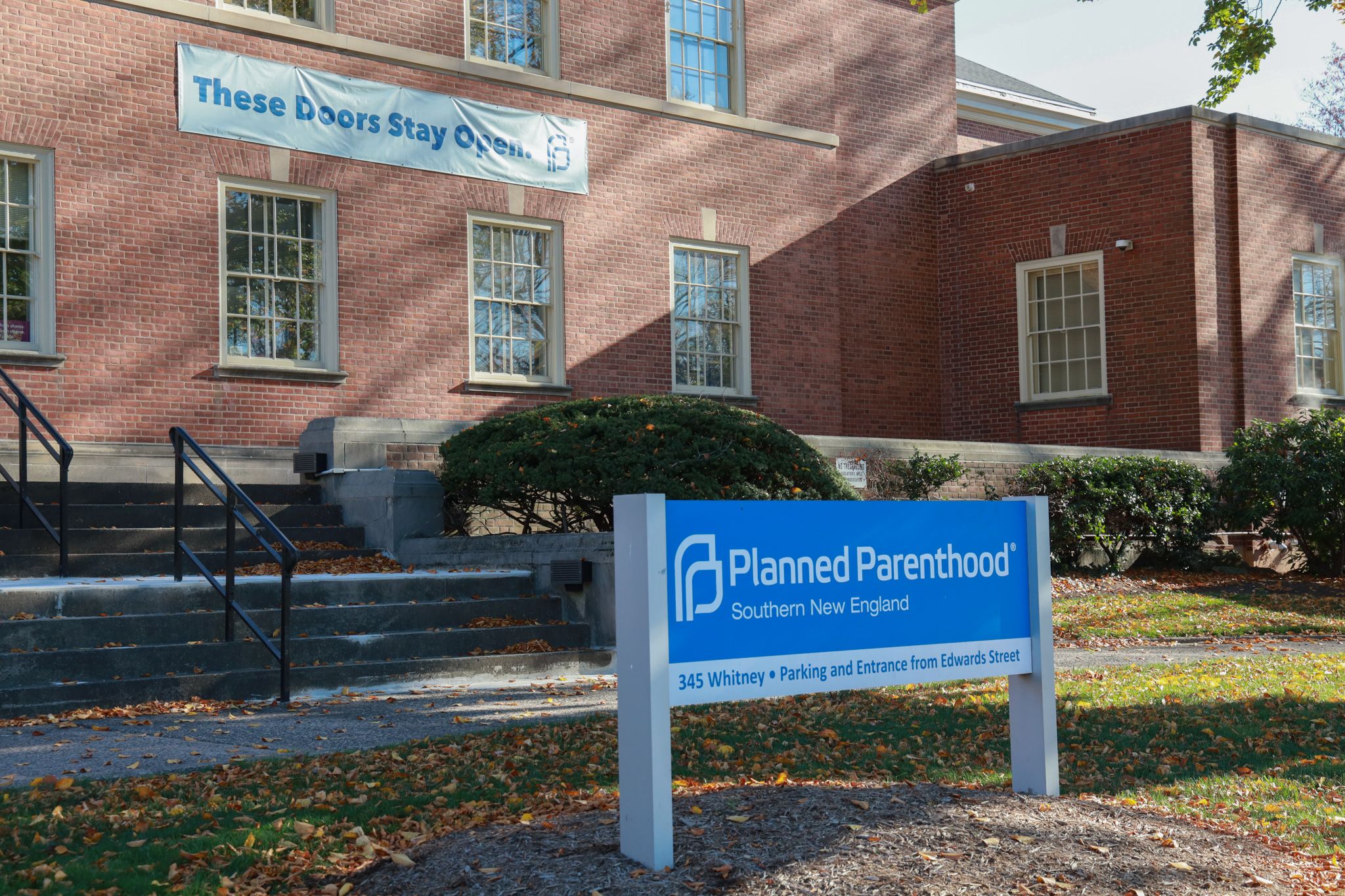
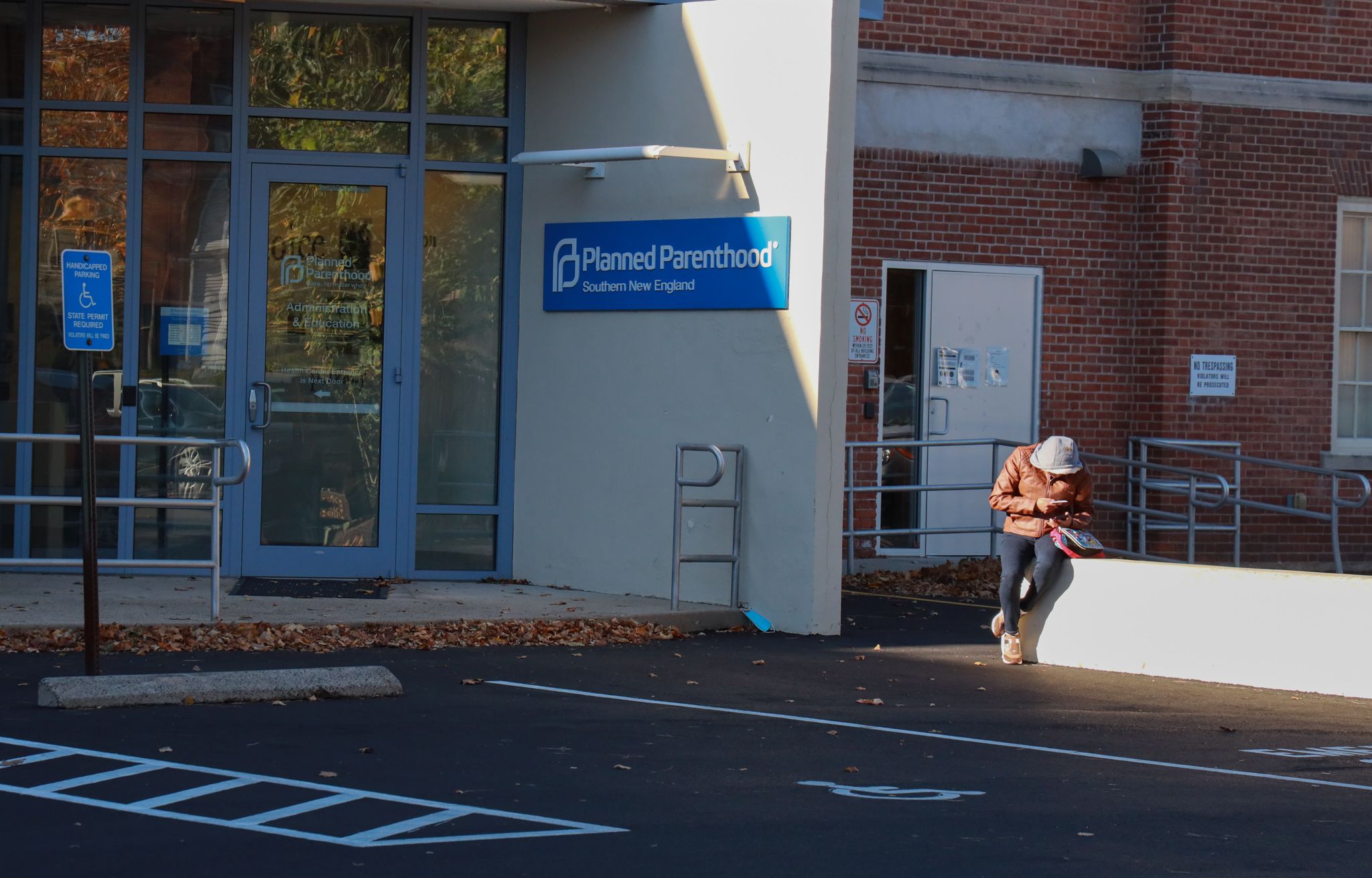
The 1973 federal ruling of Roe v. Wade, a case in which the United States Supreme Court struck down a Texas statue that banned abortion, protected those in Connecticut seeking treatment.
Before Roe v. Wade, abortion had mostly been illegal in the United States since the late 19th century. However as years went on, states around the country— including Connecticut— began to codify abortion into their state constitutions.
Connecticut became the first to sign legalized abortion into state statute in 1990, giving individuals the right to have such procedures performed in the state.
The law also required individuals under the age of 16 to attend counseling before receiving the treatment and encouraged them to tell their parents. Abortions performed late in pregnancy were also permitted only if the pregnant individual’s life or health was in danger.
Despite advancing state laws to expand access for abortions, reproductive health lawyer and advocate Jeryl Hayes said that some individuals still faced difficulties receiving care long before Roe v. Wade was ever overturned due to barriers such as costs, transportation and long wait lists for appointments.
“Even before the Dobbs decision happened in June, there was already a large portion of people who were already living in a post-Roe environment because they simply didn't have access,” Hayes said. “Even though the legal right was present, the actual ability to access care was out of reach.”
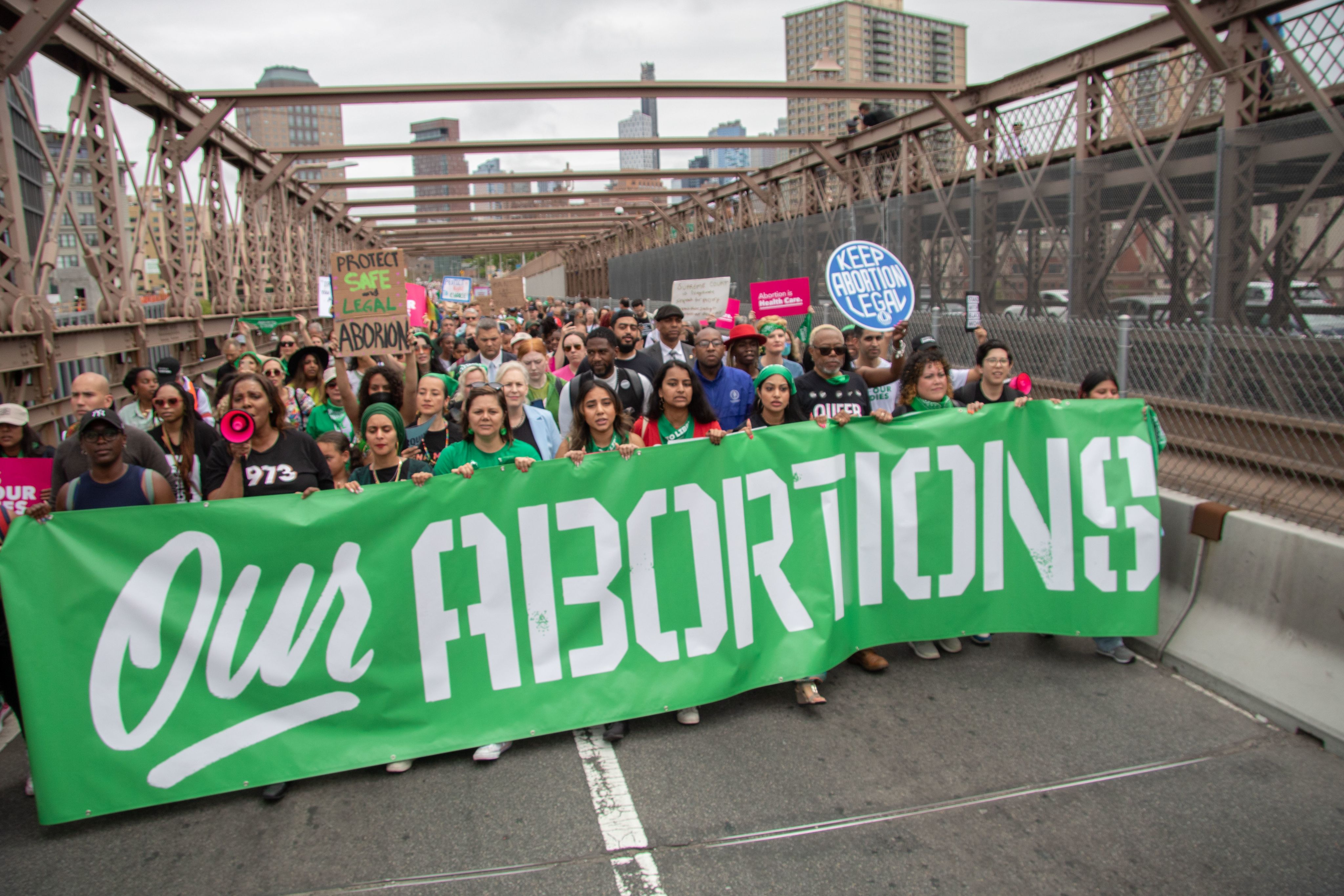
However, the debate over abortion didn’t end in the beginning of the 90s.
In 1992, the United States Supreme Court issued another ruling that reaffirmed an individual’s right to abortion in Planned Parenthood of Southeastern Pennsylvania v. Casey. This case also expanded the control that states had in regards to regulating and restricting abortion.
“That opened the door to states being able to increase restrictions,” Hayes said. “And so starting in (1995), we started to see this creep up of states imposing more and more restrictions.”
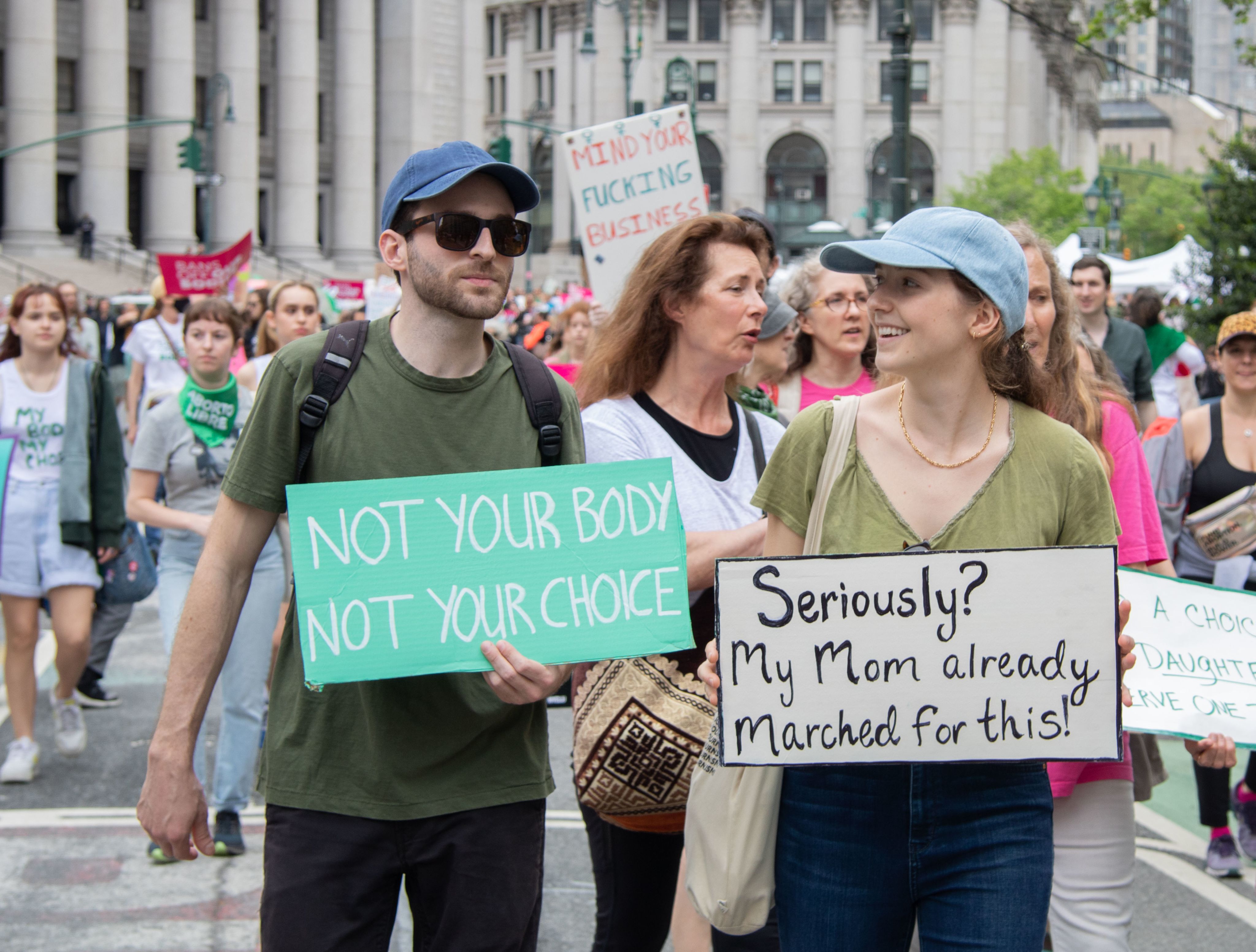
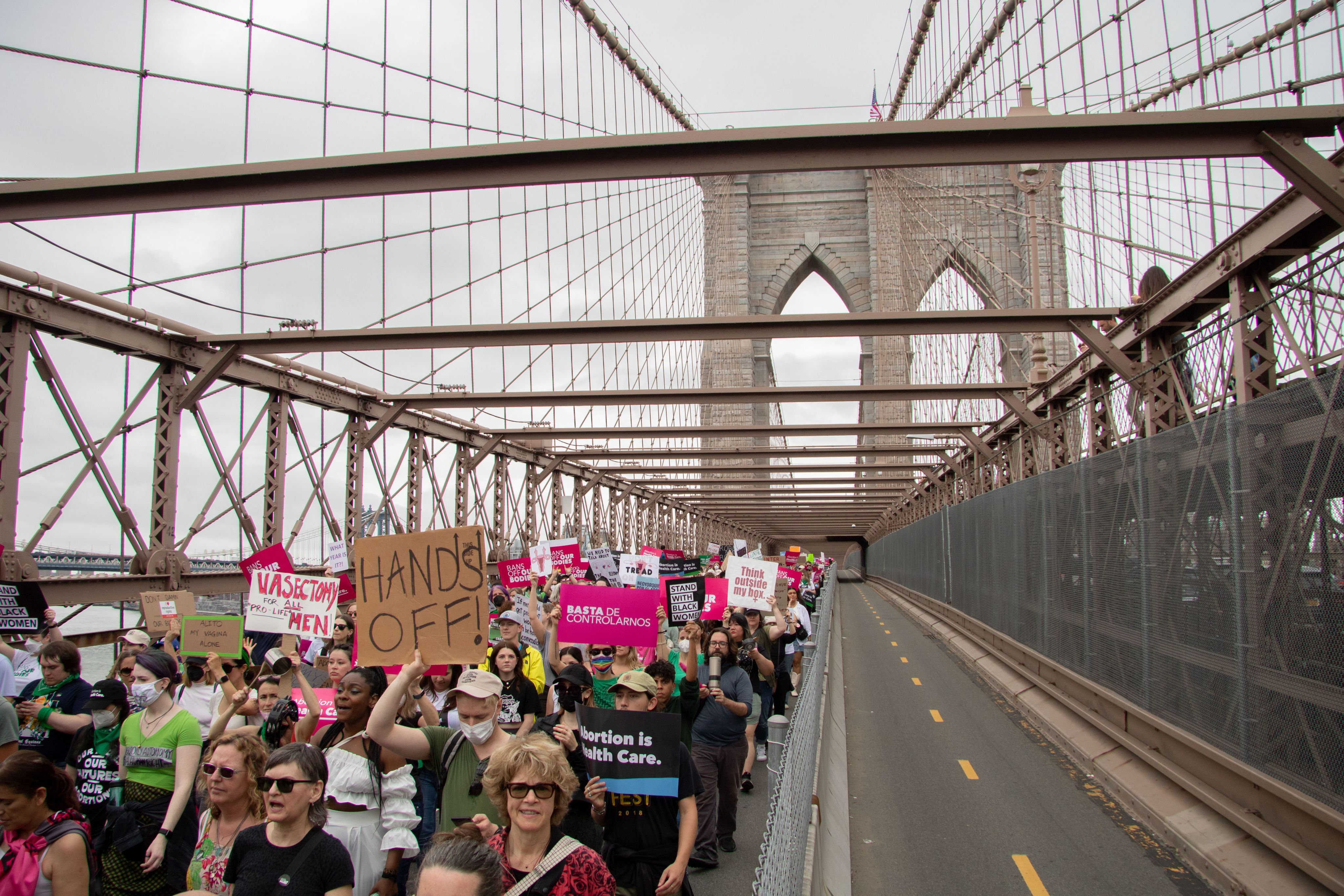
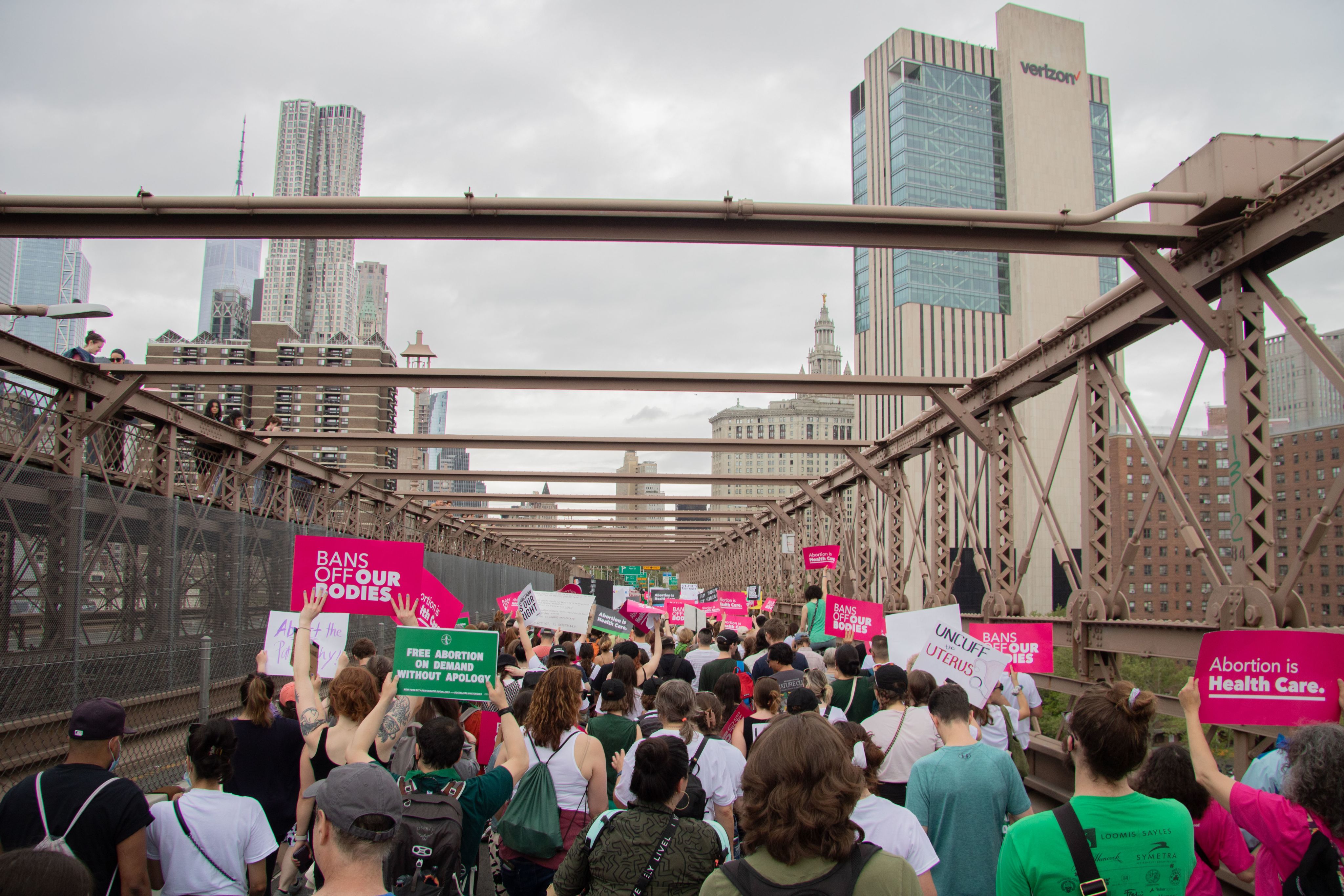
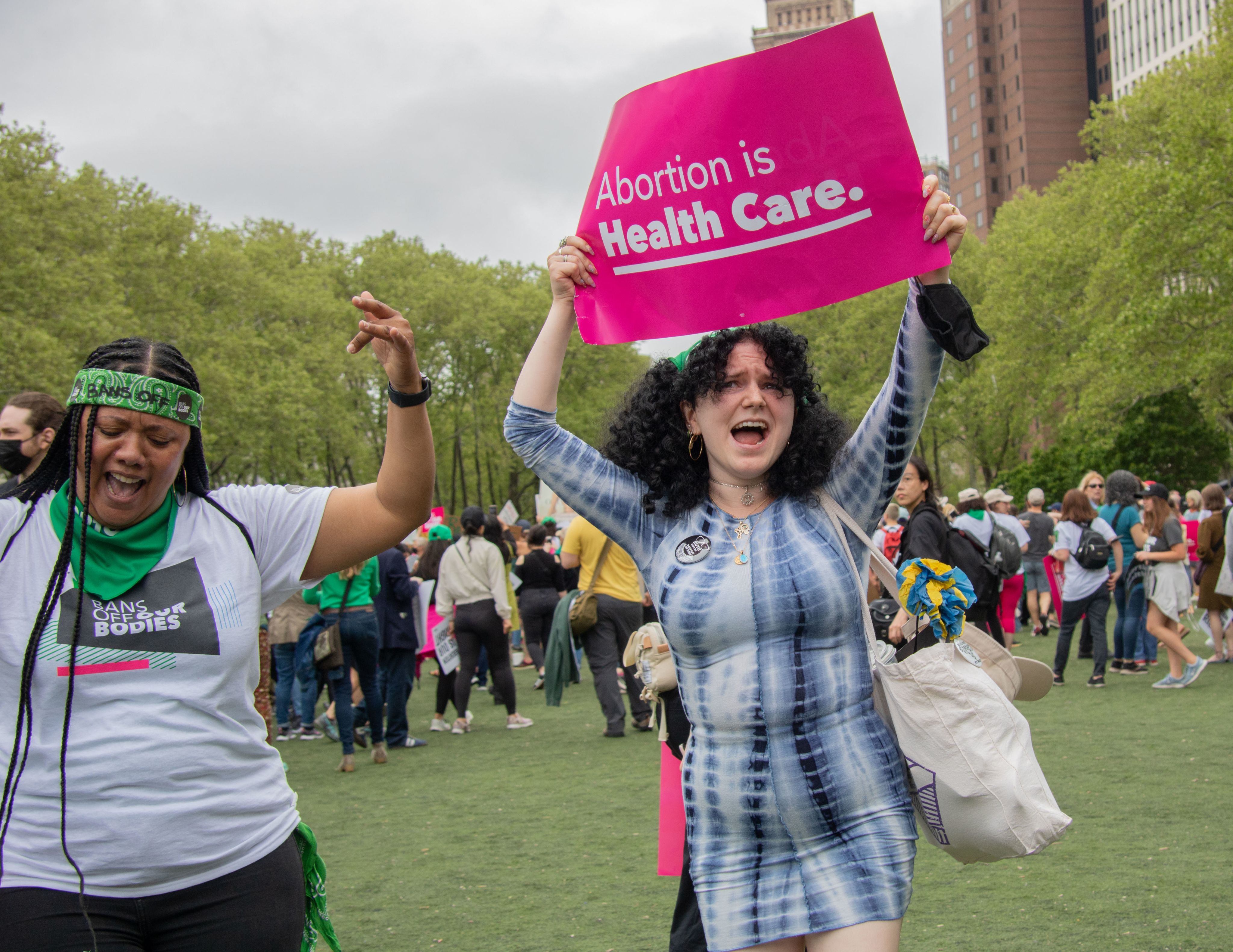
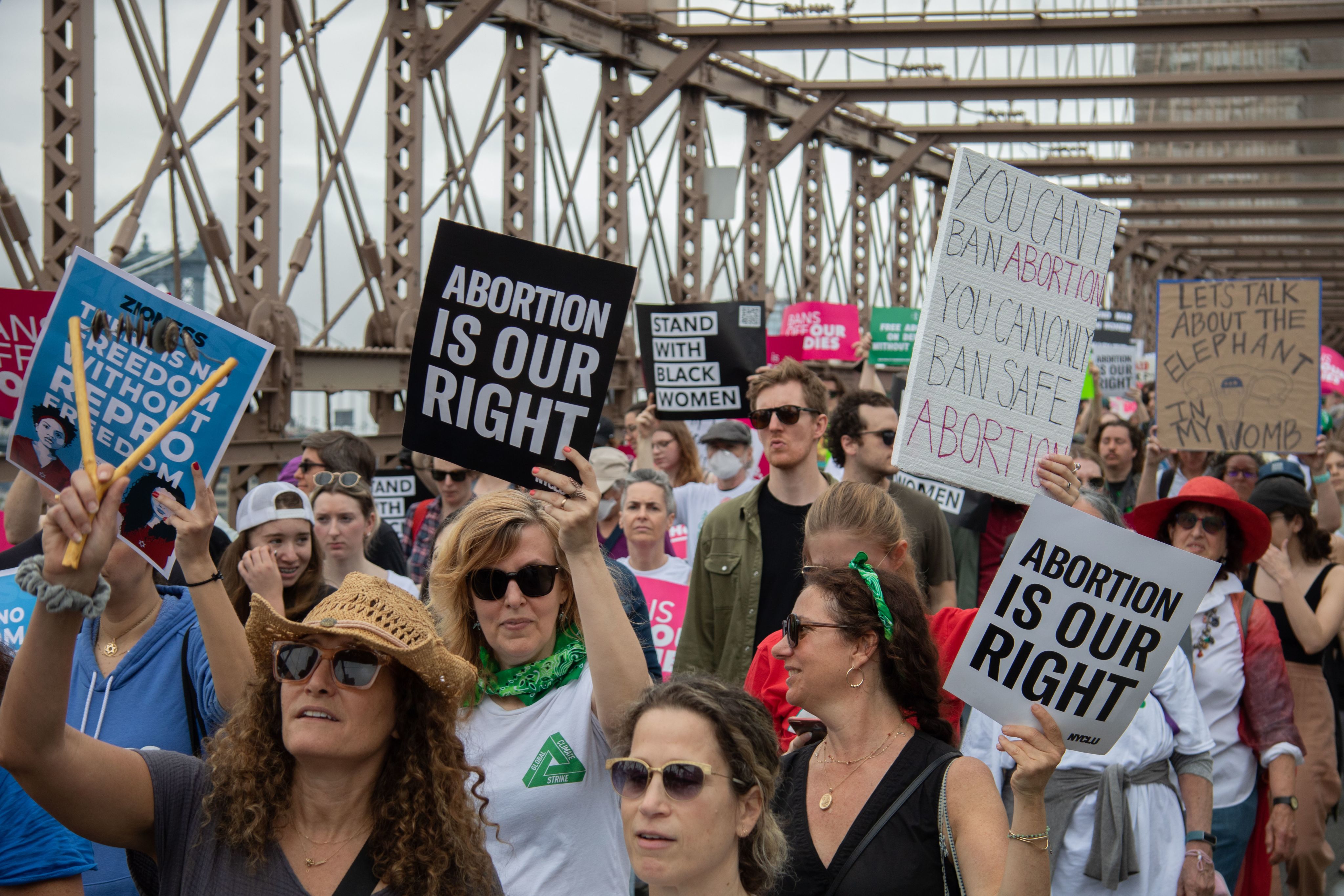


Protesters held handmade signs at the Bans Off Our Bodies protest in New York City on May 14. (Nicole McIsaac/HQNN)
Protesters held handmade signs at the Bans Off Our Bodies protest in New York City on May 14. (Nicole McIsaac/HQNN)

The May 14, rally was in response to the Supreme Court’s leaked draft that would overturn Roe v. Wade and deny access to reproductive health care rights. (Nicole McIsaac/HQNN)
The May 14, rally was in response to the Supreme Court’s leaked draft that would overturn Roe v. Wade and deny access to reproductive health care rights. (Nicole McIsaac/HQNN)

Protesters participating in the Bans Off Our Bodies rally shut down both sides of the Brooklyn Bridge on May 14. (Nicole McIsaac/HQNN)
Protesters participating in the Bans Off Our Bodies rally shut down both sides of the Brooklyn Bridge on May 14. (Nicole McIsaac/HQNN)

Before beginning the march, New York City demonstrators danced in Cadmen Park and waved posters about abortion on May 14. (Nicole McIsaac/HQNN)
Before beginning the march, New York City demonstrators danced in Cadmen Park and waved posters about abortion on May 14. (Nicole McIsaac/HQNN)

With signs held in the air, abortion demonstrators screamed “our bodies, our choice,” while marching across on Brooklyn Bridge on May 14. (Nicole McIsaac/HQNN)
With signs held in the air, abortion demonstrators screamed “our bodies, our choice,” while marching across on Brooklyn Bridge on May 14. (Nicole McIsaac/HQNN)

Two protesters held up signs in Cadmen Park before the Bans Off Our Bodies protest began its route on May 14. (Nicole McIsaac/HQNN)
Two protesters held up signs in Cadmen Park before the Bans Off Our Bodies protest began its route on May 14. (Nicole McIsaac/HQNN)
The current Supreme Court also overturned Casey alongside Roe v. Wade. However, the protection of abortion and reproductive services in Connecticut still continued.
This spring, state lawmakers passed the Reproductive Freedom Defense Act, HB 5414, that expanded the right for those to perform abortions to nurse midwives, physician assistants and advanced practice registered nurses. The house bill, backed by Democratic lawmakers, passed in the state Senate by a 25-9 vote.
Jorge Cabrera, Connecticut state senator for the 17th District that represents Hamden, was one of many state legislators to co-sign Connecticut’s recent bill. Cabrera said his relationship with his 10-year-old niece motivated him to get involved.
“The thought of her growing up in a post-Roe world and having Connecticut be a place where, god forbid, if she was to find herself in a position where she needed to exercise her freedom to choose that she would have trouble finding that was very scary to me,” Cabrera said. “...To see that threat coming down, I said, ‘We had to do something at a state level to protect that freedom.’”
The recent state law also ensures protection to those traveling from restricted states to receive abortion and reproductive care in Connecticut.
Since the law went into effect, individuals across the nation began looking to Connecticut as a viable option to receive legal and safe abortions. Planned Parenthood's Gordon-Brilla said the organization received 75 patients traveling from out of state for abortions from September 2021 to September 2022. The data does not include those coming from other New England states or the tri-state area.

(Infographic by Nicole McIsaac)
(Infographic by Nicole McIsaac)
She said that, although numbers are constantly changing, the number of patients traveling from restricted states has increased as much as 300% within the last two years.
“Ultimately, what we are seeing across the nation is that people are forced to travel (to get an abortion),” Gordon-Brilla said. “People are forced to travel sometimes thousands of miles, (which) is what we’ve seen, too, specifically in Connecticut and Rhode Island.”
Gordon-Brilla said that the difference in those traveling to receive care in the state is not necessarily a quantitative measure.
“What we have seen is not much that the number of patients that have come here from out of state is coming up, it’s more where they are coming from,” Gordon-Brilla said. “... We’ve actually seen patients travel as far as 1,500 miles.”
“What we have seen is not much that the number of patients that have come here from out of state is coming up, it’s more where they are coming from.”
- Sarah Gordon-Brilla, senior director of communications and brand experience at Planned Parenthood of Southern New England
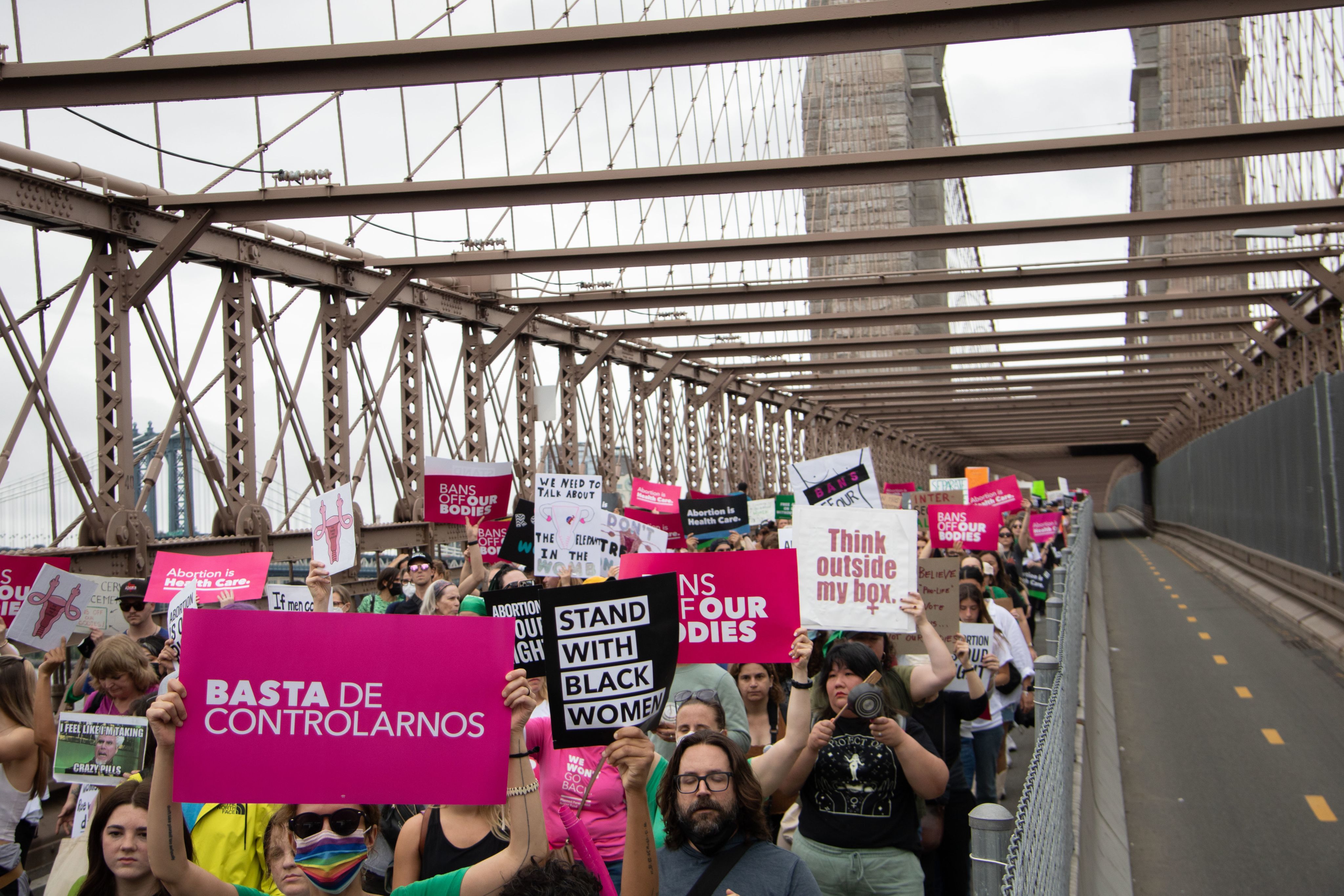
Roxanne Sutocky, director of community engagement for The Women’s Center, which oversees Hartford GYN, said they have seen patients travel for care from as far as Texas.
“I think one of the major considerations for folks (is) if they have family, or if they're familiar with Connecticut,” Sutocky said. “We've seen people who studied in Connecticut in the past, or whose immediate or extended families live in Connecticut. So, that's a resource to them.”
The new ‘safe habor’ laws went into effect on July 1, only 23 days prior to the dismantling of the five decade ruling of federal abortion protections by the United States Supreme Court.
Although the new laws sprung into action after Roe was overturned, Connecticut lawmakers had been working to expand the state’s access to reproductive services before a draft of the decision leaked in May.
Abortion clinicians and providers in Connecticut prepared for the influx of patients by expanding their training programs and structure.
“We utilize a competency-based training program consisting of both classroom and hands-on training that ultimately allows us to expand our pool of procedural abortion providers,” PPSNE chief medical officer Nancy Stanwood said in a prepared statement.
Stanwood wrote that PPSNE held simulations that utilized papayas, a fruit structurally similar to a uterus, to model an aspiration abortion. The training began after the Reproductive Freedom Defense Act was in effect, Standwood wrote.
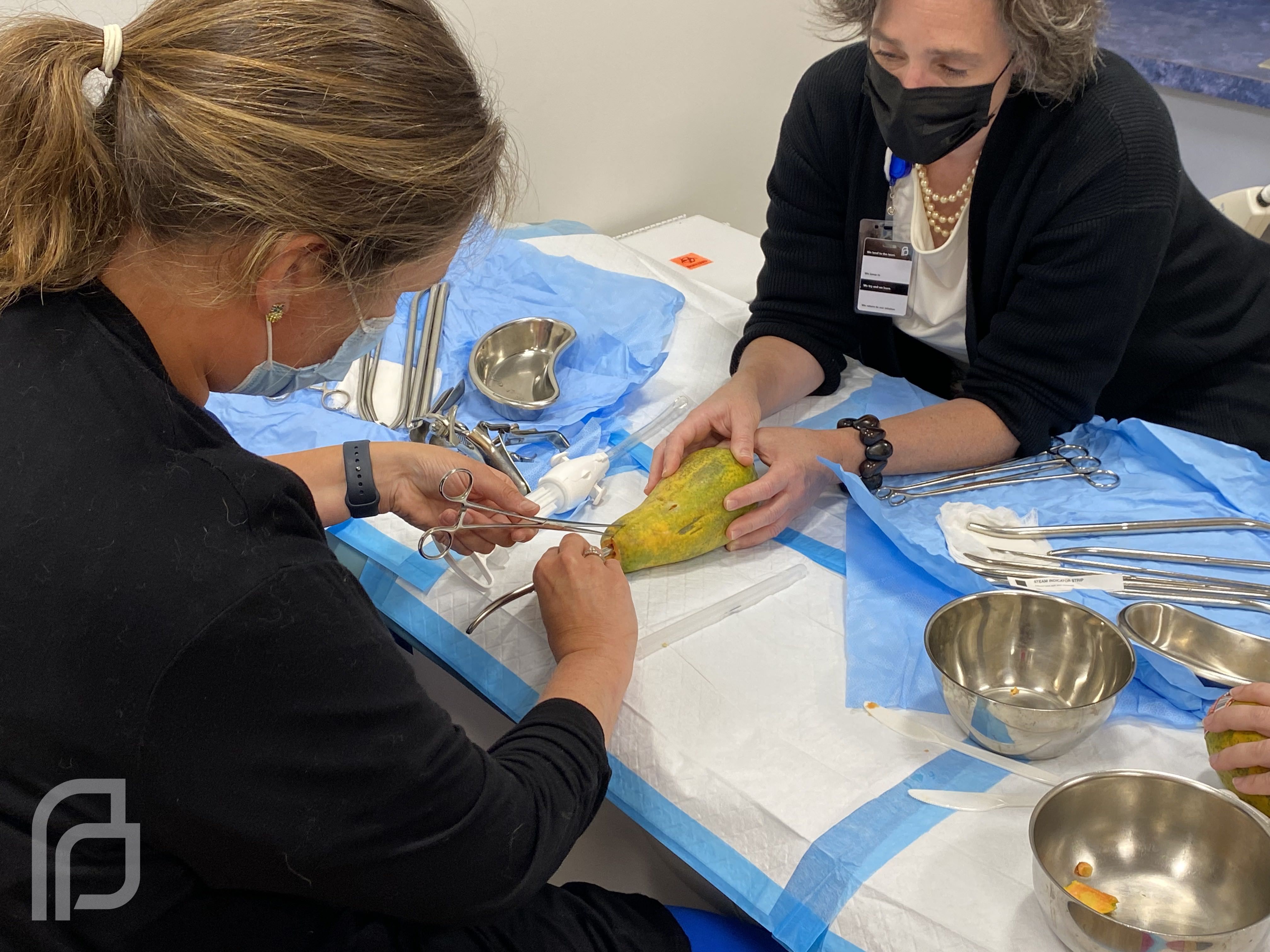
Many individuals across the state look at the trainings as a step in the right direction toward expanding abortion care access.
Liz Gustafson, state director of ProChoiceCT and co-founding board member of The Reach Fund of Connecticut, had a non-invasive, medication-induced abortion in the state in 2018 as she was beginning her career as an abortion activist.
She said that from her experience as a patient, she knows it is crucial for providers to not face any sort of barriers when trying to provide abortion care.
“Having more providers who are trained in that care will help that be a reality for more people who need that kind of care,” Gustafson said.
Despite preparing to broaden the provider workforce, some individuals immersed in Connecticut’s reproductive health conversation believe providers are approaching their work with a different mentality.
Lauren Sardi, director of the women's and gender studies program at Quinnipiac University, said that through her experience speaking to providers across the state, “there's this two-pronged approach” to being an abortion clinician after the ruling.
“I think there are many folks who are feeling recharged and doubling down on wanting to help other people,” Sardi said. “At the same time though, there are folks who are really paying very close attention to how laws are interpreted in other states.”
Although Connecticut has laws in place to protect reproductive services, Sardi said she believes many abortion providers in the state are wary about their work moving forward due to other legal issues occurring in other states.
“They're looking at how medical providers are being treated in other states,” Sardi said. “They're looking for parallel cases. They're practicing medicine very, very, very cautiously to protect themselves.”
Before the Dobbs decision, the Guttmacher Institute reported that three states had laws that would be triggered upon the overturning of Roe and that would penalize abortion providers. In addition, three others states would enact penalties 30 days after a Supreme Court decision overturning Roe. Another seven states, according to the report published on June 6, 2022, would require a process to create penalties. Arizona’s state legislature is currently debating it.
“I think although those statutes are somewhat untested, which means to some extent, we have the perception of safety, we don't know what's coming next, and there is going to be a risk,” Sutocky said. “But we're differently positioned, surely, than our counterparts.”
Roxanne Sutocky, director of community engagement for The Women's Center that controls Hartford GYN, speaks to the perspective of Connecticut abortion providers in regards to their safety.
Roxanne Sutocky, director of community engagement for The Women's Center that controls Hartford GYN, speaks to the perspective of Connecticut abortion providers in regards to their safety.
The future of reproductive services is more uncertain than it has been in generations, but in Connecticut, the picture is clearer than in others.
“It speaks to the work that we've been doing in Connecticut in the sense that we codified the protections of Roe v. Wade in 1990,” Gustafson said. “But there's still so much more to do.”
EDITOR'S NOTE: This version reflects that Attaguile had her abortion in Chicago. The original version misstated the location.
